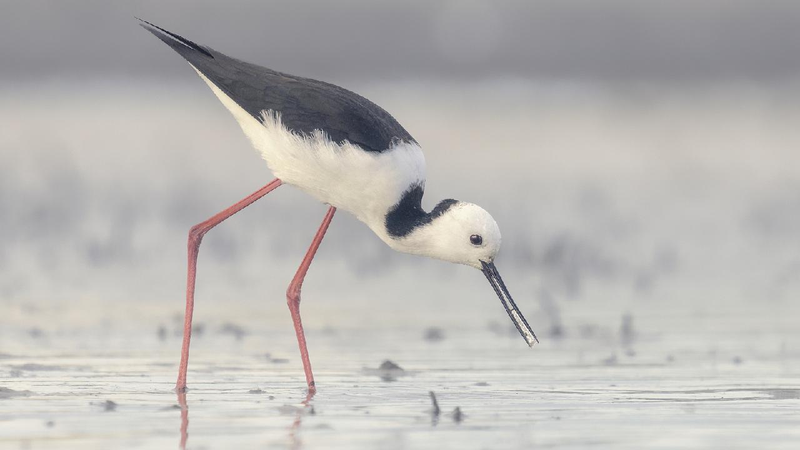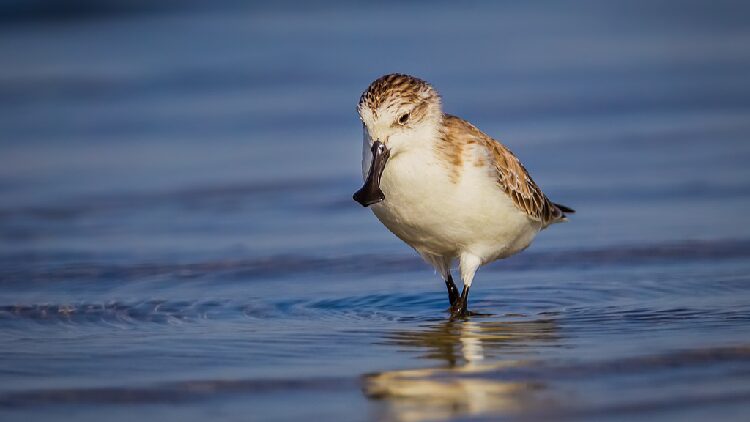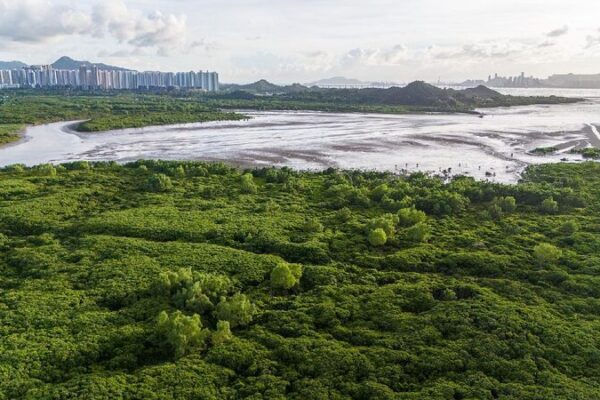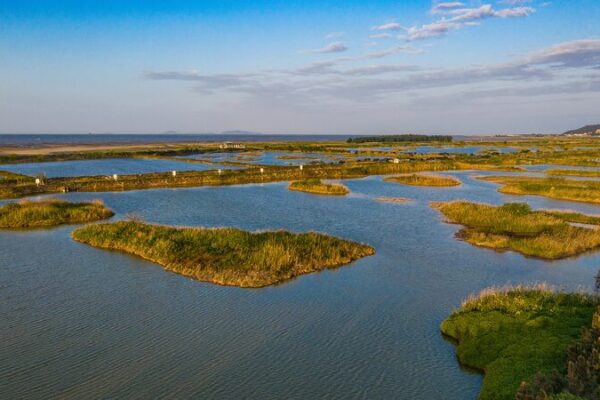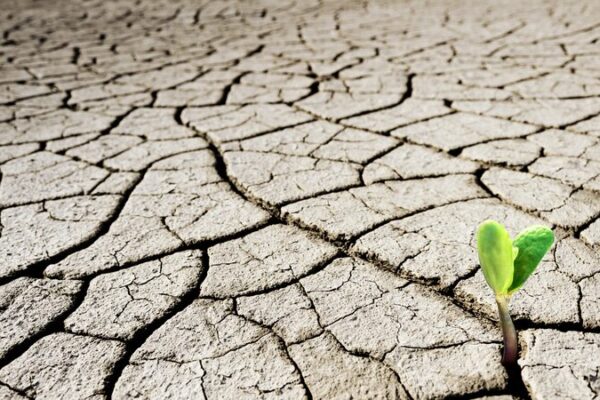Waterbird populations in eastern Australia have halved within a year, as dry conditions take a toll on the region’s wetlands.
The latest annual survey led by the University of New South Wales (UNSW) Sydney recorded just 287,231 waterbirds between August and October 2024. This marks a dramatic 50.4% decrease from the 579,641 birds counted in 2023.
Conducted annually since 1983, the survey spans one-third of the Australian mainland and is a crucial indicator of the health of biodiversity in rivers and wetlands. The sharp decline is attributed to drier weather leading to reduced breeding among waterbirds following the wet years of 2021 and 2022, which saw widespread flooding.
“We know that when it starts to dry up, the floodplains dry up, and waterbirds do not have the food to breed in large numbers,” said Richard Kingsford, leader of the survey from UNSW. “They concentrate on remaining lakes and swamps, which is what we saw this year.”
While the flood years provided a temporary boost in bird numbers, the recent dry spell has caused figures to dip below the long-term average once again. “Numbers have now dipped below the long-term average again, with little breeding in 2023 and 2024,” Kingsford added.
The survey highlighted that key indicators of waterbird health—including overall numbers, breeding species count, and wetland area size—continue to show significant long-term declines. The total wetland area measured was 122,283 hectares, well below the historical average.
The highest concentration of waterbirds was observed in the northwestern regions of Queensland, accounting for 17% of all birds surveyed. This area, covering Australia’s northeast, appears to be a remaining haven amid shrinking habitats.
Reference(s):
Eastern Australian waterbird numbers fall 50% amid dry conditions
cgtn.com
